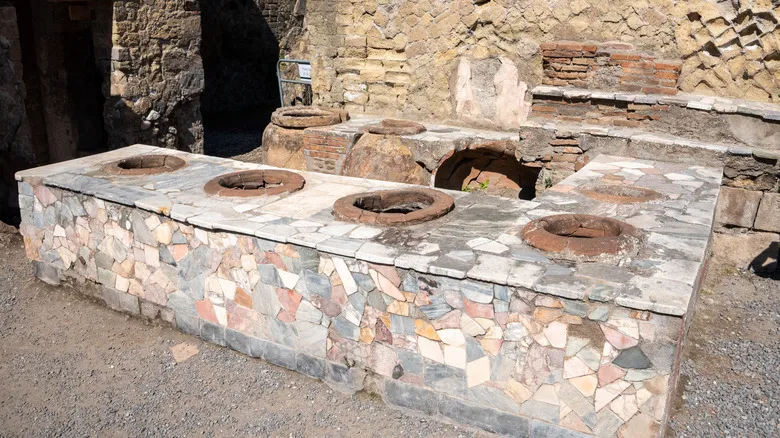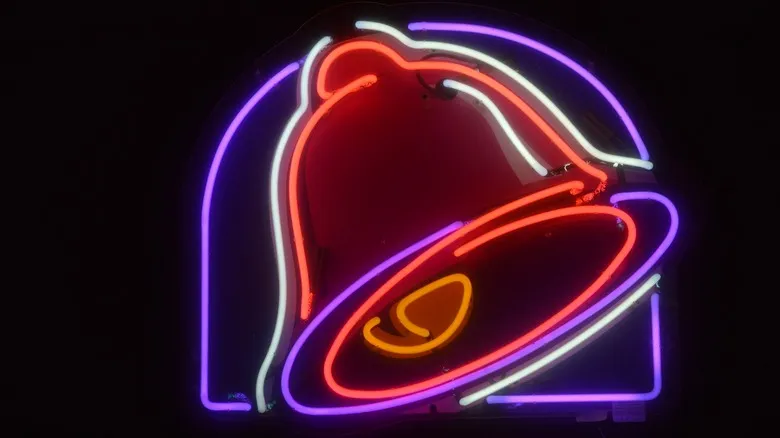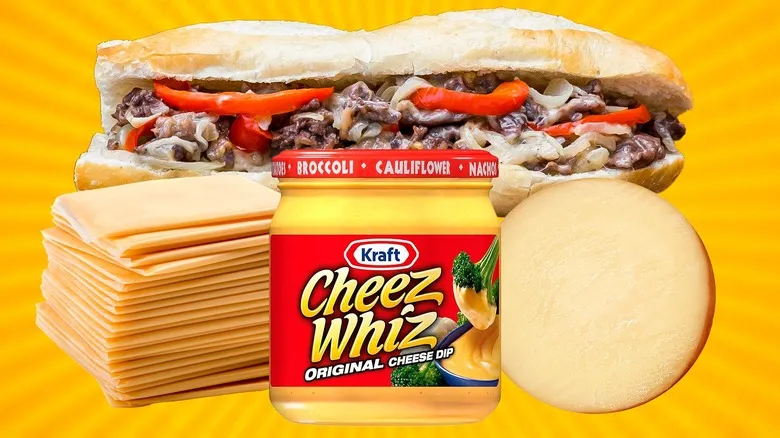Isicia Omentata was a forerunner of burgers and meatballs

The recipe for Isicia Omentata, found in "Apicius de re Coquinaria," features lean minced meat seasoned with pepper, myrtle berries, wine, and pine nuts. It also suggests an optional addition of garum, the ancient fish sauce that Romans used liberally. Another noteworthy ingredient is bread. While bread might not be a typical component in hamburger mixtures, breadcrumbs are commonly included in meatball recipes to absorb moisture and keep the meat tender (or you can substitute oats for breadcrumbs in meatballs). Isicia Omentata serves as a shared ancestor of both burgers and meatballs, although it was presented quite differently from either.
A key characteristic of Isicia Omentata is that each meatball is encased in caul fat—a web-like membrane that envelops an animal's internal organs, traditionally used as a casing for sausages and other ground meat dishes. This membrane is scientifically known as the omentum, which is the origin of the term "Omentata." The term "Isicia" pertains to dishes made from minced meat, and "Apicius de re Coquinaria" features numerous examples beyond Isicia Omentata, including variations made from pork, pheasant, lobster, and more. Among these, Isicia Omentata seems to have the closest connection to the modern hamburger, and it’s not the only way the Ancient Romans influenced this dish.
The Romans were pioneers of fast food

It took centuries for the ancient dish known as Isicia Omentata to transform into the hamburgers we enjoy today. The introduction of ground beef to the U.S. by German immigrants—hence the name "hamburger"—led to the popular practice of serving ground meat on buns rather than on a plate. However, this doesn't imply that the Romans always dined in formal settings. In fact, the Ancient Romans are often credited with being pioneers of fast food, a concept that mirrors how many people enjoy their burgers today. This is yet another way the ancient empire has influenced America's beloved dish.
The Roman counterparts to modern fast food establishments were called "thermopolia." These were small stalls where food was stored in clay jars that acted like chafing dishes. Thermopolia are referenced in various Roman writings, and more significantly, archaeologists have discovered the remains of hundreds of these food stalls in the ruins of cities like Pompeii and Herculaneum. Some featured counters for customers, while others were strictly take-out. Similar to today's fast food burgers, the offerings at thermopolia provided affordable meals for the working class, many of whom lacked kitchens in their homes.
Recommended

Taco Bell Tried To Launch Restaurants In Mexico And Failed ... Twice

These Were The Very First Flavors Of Capri-Sun Sold In Stores

How Chicken-Fried Steak Became A Texas Icon

Provolone Vs American Vs Cheez Whiz: Which Is Best For Philly Cheesesteak?
Next up





